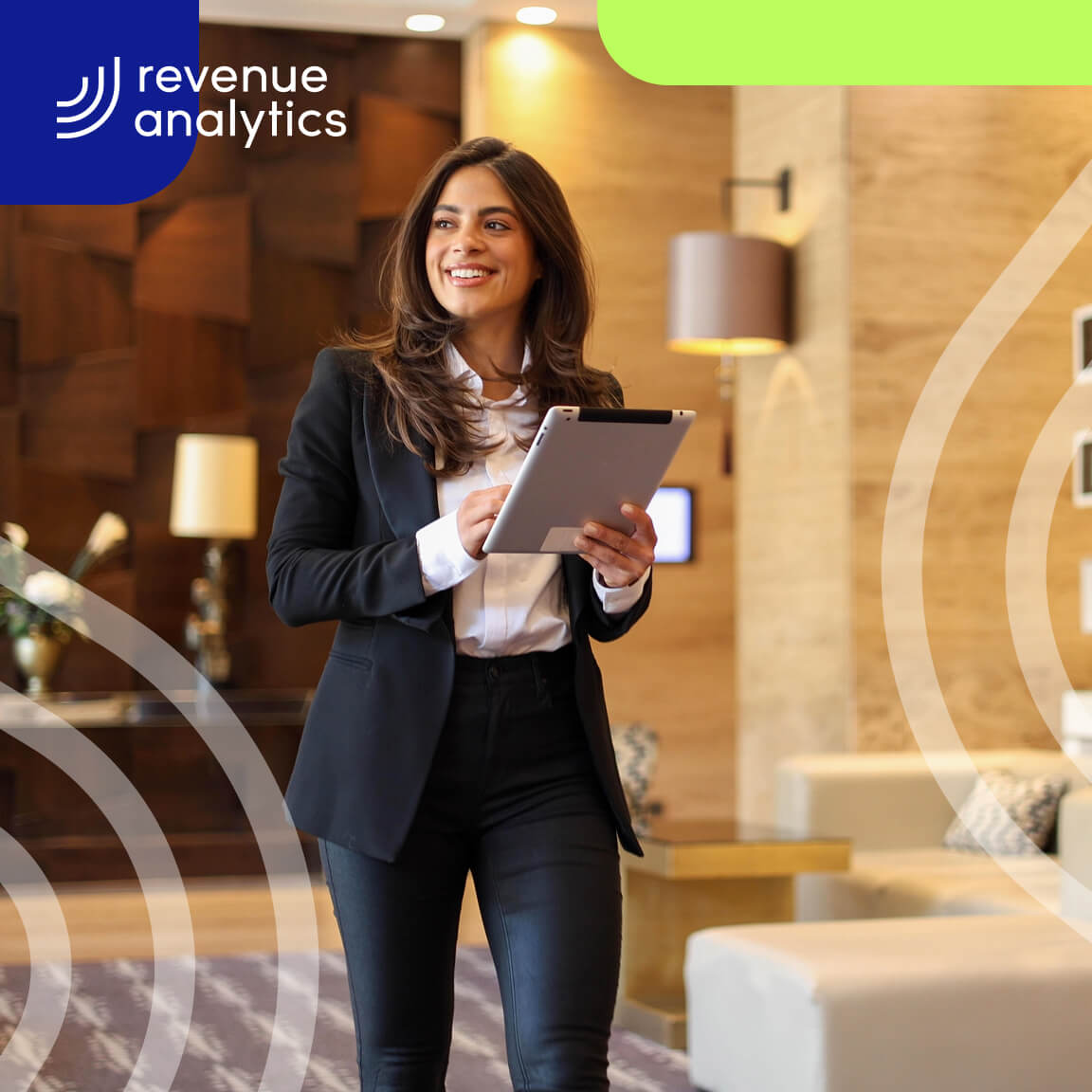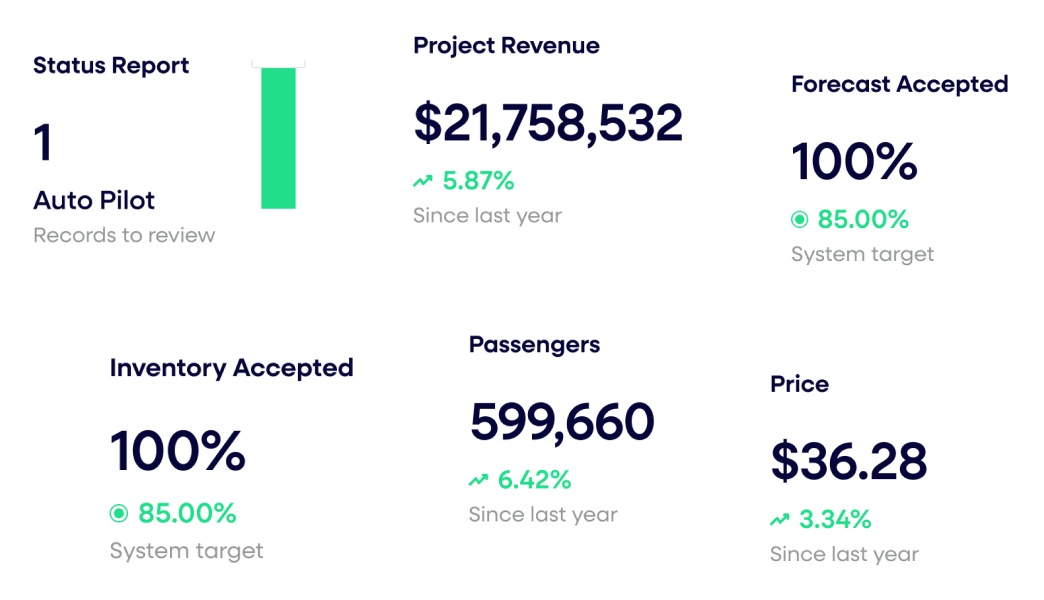Hotelier Gets the Pricing Power it Needs to Beat the Competition
This Revenue Analytics customer is a popular hotelier that owns and manages hotels all across the United States. They have hotels in primary, secondary, and tertiary markets, and across chain scales.

Who Are They?
(This company’s name has been redacted, at their request, to protect the market advantage they enjoy by using N2Pricing.)
This Revenue Analytics customer is a popular hotelier that owns and manages hotels all across the United States.
They have hotels in primary, secondary, and tertiary markets, and across chain scales.
Both on-property staff (typically General Managers) and Revenue Managers use the hotel’s
Revenue Management system.
The Big Problem
Users didn’t use the company’s legacy RMS, so revenue uplift didn’t meet expectations.
Making more money is the reason hospitality companies invest in Revenue Management Systems (RMS).
The hotelier featured in this case study was dissatisfied with the revenue uplift from its legacy RMS.
When they went hunting for answers, the reasons for the poor results weren’t hard to find.
For overstretched on-property users, and for Revenue Managers responsible for multiple hotels, the system was simply too hard to use.
4 Key Challenges
These 4 challenges were preventing users from adopting the system and driving revenue growth….
1
They just wanted rate recommendations, but the software had a ton of other features.
The company’s legacy RMS wasn’t focused.
The one thing users really wanted was price recommendations. But the system was bloated with features that weren’t needed or wanted.
Users wanted to outperform the competition in their markets. All the unnecessary features just got in the way.
2
Users didn’t trust prices, so they spent too much of their day plugging in overrides.
On-site staff just didn’t have the time or expertise to develop confidence in the system’s recommendations. So when they saw pricing that conflicted with one of their rules of thumb they punched in overrides instead.
Above-property Revenue Managers, meanwhile, didn’t trust system guidance for a different reason. The legacy RMS didn’t share the data—or rationale behind its recommendations, so these users consistently overrode them, too.
On-site staff and Revenue Managers were too busy to spend all day overriding legacy RMS recommendations.
3
It was too clunky and cluttered with data, confusing users and jamming up workflows.
To users, it seemed like every screen was filled with as much data as possible, making it hard to figure out what was worth looking at. That made it hard to do good work.
And some of the data seemed random. For example, even when a hotel was at or near full occupancy, the system showed arrival-night forecast. That data was irrelevant, however, and confused users.
Users found it difficult to identify and act on opportunities. It could be slow going as users could only manage property-by-property rather than across multiple locations at once. And they had to be on their computers since the system wasn’t mobile friendly.
4
Users bypassed complex inventory controls and set prices manually.
The legacy RMS didn’t give price recommendations (see challenge #1). Instead, users had to translate forecasting and inventory control recommendations into what they thought the price should be.
For busy users, this process was too complex and timeconsuming.
Users increasingly set prices manually, which meant the system’s analytics engine was out of the pricing loop.
Selection & Implementation
The company selects N2Pricing, which was built for ease of use and revenue uplift.
The company decided to retire its legacy system and selected N2Pricing because of their proven track record of strong:
- User adoption,
- Revenue uplift,
- Return on investment.
The Revenue Analytics lineage as the pioneers of pricing science, and their roster of A-list clients, also separated this RMS provider from the crowd.
In addition to the core Revenue Management software, Revenue Analytics also provided a set of add-on modules to give the company the forecasting, pricing, inventory optimization, and overbooking capabilities they required.
Then they got to work implementing the solution.
Step 1: Data prep and model testing
After cleaning and normalizing the company’s data, the Revenue Analytics team tested 100+ unique predictive models.
Step 2: Selecting predictive models
Based on the analysis, the software selected the best-fit model for each and every hotel, business segment, and day of the week.
Step 3: Training for day-to-day use
As a final step before launch, Revenue Analytics coached the company’s staff on how to use the software in their day-to-day operations.
Step 4: Adoption and change management
They also provided in-depth training to power users and gave change management guidance to leadership to help ensure a smooth transition and widespread adoption.
The Results
1) N2Pricing clears out the clutter and puts pricing first.
Revenue Analytics pioneered the Hospitality RMS model that puts pricing first—leading with price recommendations that users can quickly accept, automate, or override.
N2Pricing makes it fast and easy for users to make the right pricing decisions.
2) System adoption soars as users embrace transparent pricing recommendations.
Revenue Analytics and this hotelier knew that revenue uplift depends on high levels of user adoption. They also knew the best measure of adoption is how often users accept the system’s pricing recommendations.
So, this hotelier is thrilled that users accept approximately 75% of system pricing recommendations. And it’s all because N2Pricing has empowered users to make fast, confident pricing decisions. And the RMS conveniently gives more advanced users the underlying factors, or “reasons why” behind every price recommendation.
For on-site staff, it’s especially easy to review, understand, and accept recommendations.
3) N2Pricing streamlines workflows.
N2Pricing eliminated data overload, helping users work faster and smarter.
With its legacy RMS, users had to sift through heaps of data to spot the best revenue opportunities.
N2Pricing surfaces the most important opportunities and data points, so users can quickly see and act on them.
For Revenue Managers responsible for multiple hotels, a dashboard prioritizes opportunities across locations. Instead of looking at one location at a time, users work from a single list.
4) Powerful analytics that work for, not against, users.
With the Revenue Analytics RMS, users no longer have to perform complex forecasting and inventory control calculations to inform manual price setting.
Users review inventory only when they deem it necessary. Those vital calculations are performed in the background. Users don’t need to go in-depth unless they want to.
ust as important, N2Pricing’s forecasts are 25% more accurate than those of competitors.
For this company and its users, better forecasts translate to more confidence in recommendations.
Results, by the numbers:
75% acceptance rate of system recommendations
The company measures adoption by tracking how often users accept system recommendations.
- The company measures adoption by tracking how often users accept system recommendations.
- The company knows a machine can’t replace human intelligence and experience, so a 25% override rate is considered healthy. Most overrides are justifiable based on user knowledge of fast-changing market dynamics.
Revenue uplift
- 3.5% increase in RevPAR (Revenue Per Available Room), quantified by rigorous performance-measurement analysis.
User Adoption: Ongoing Measurement and Improvement
Giving its staff an RMS they’d want to use was a key objective for this Revenue Analytics client.
That’s why Revenue Analytics helps the company measure and improve adoption with ongoing scorecards and health checks.
The Revenue Analytics customer success team coordinates with the company to provide additional support and training to help users get the most from the RMS.

